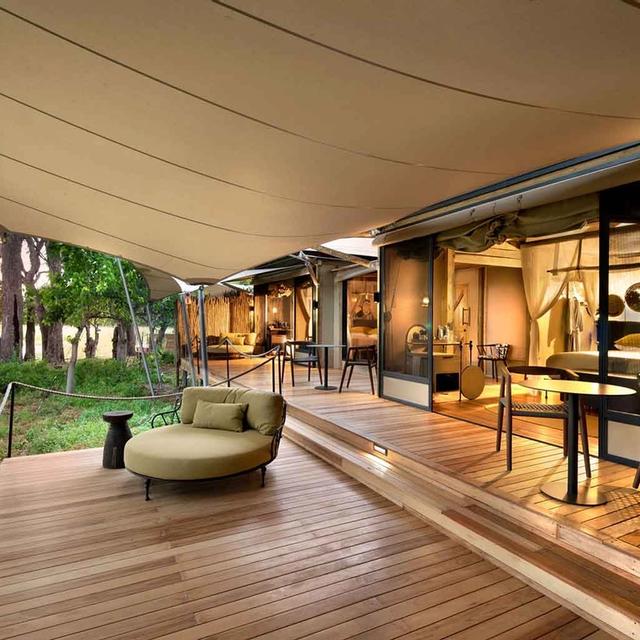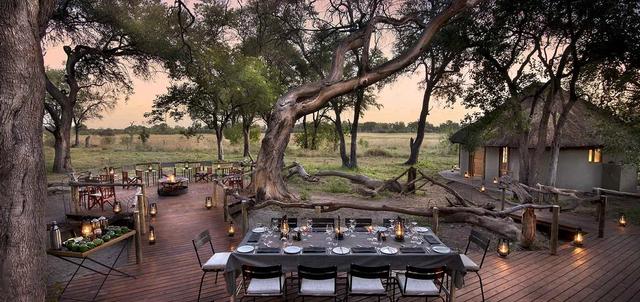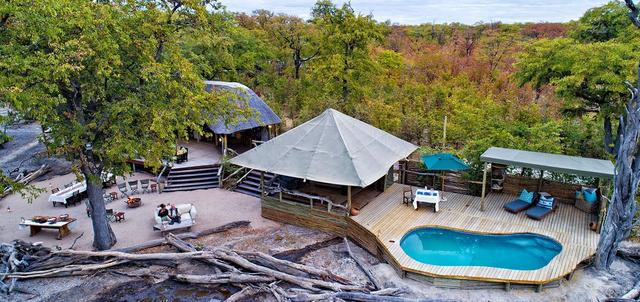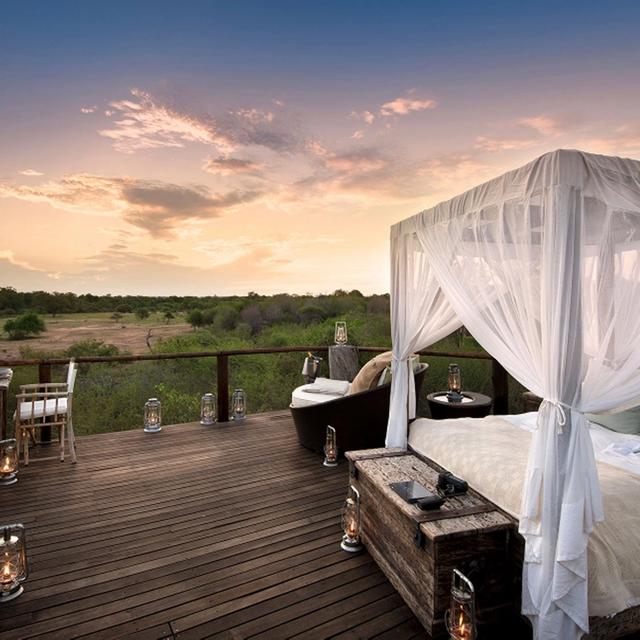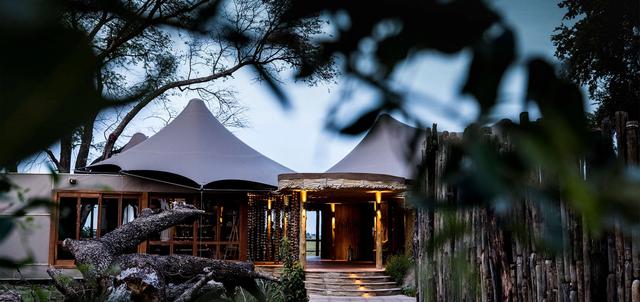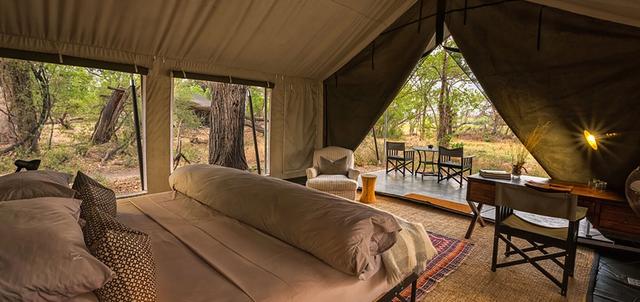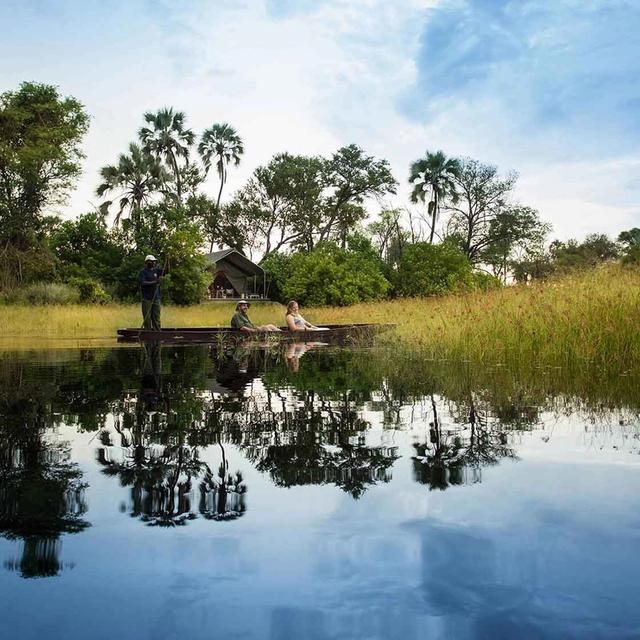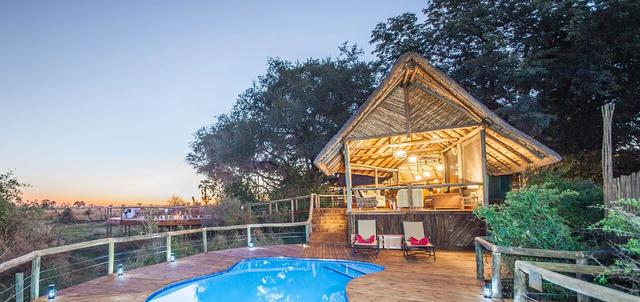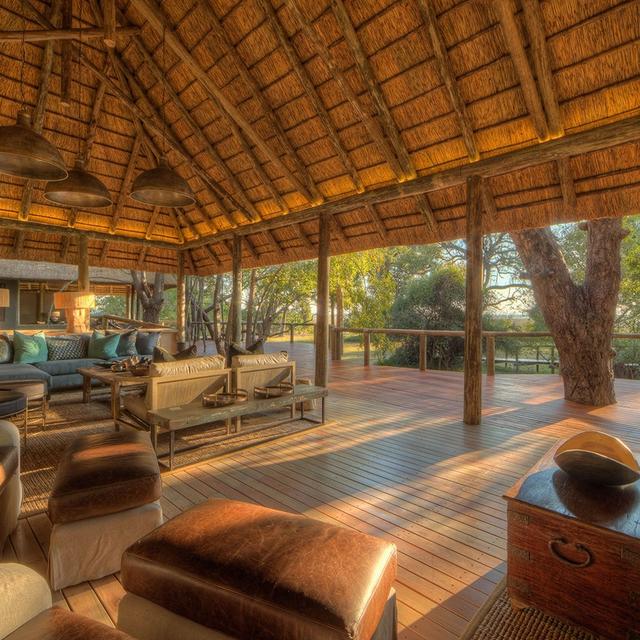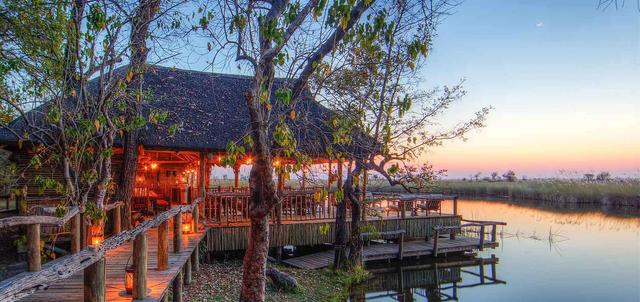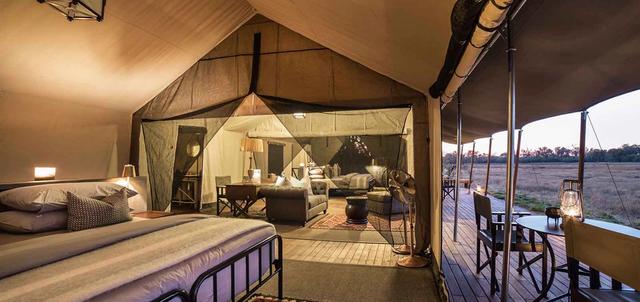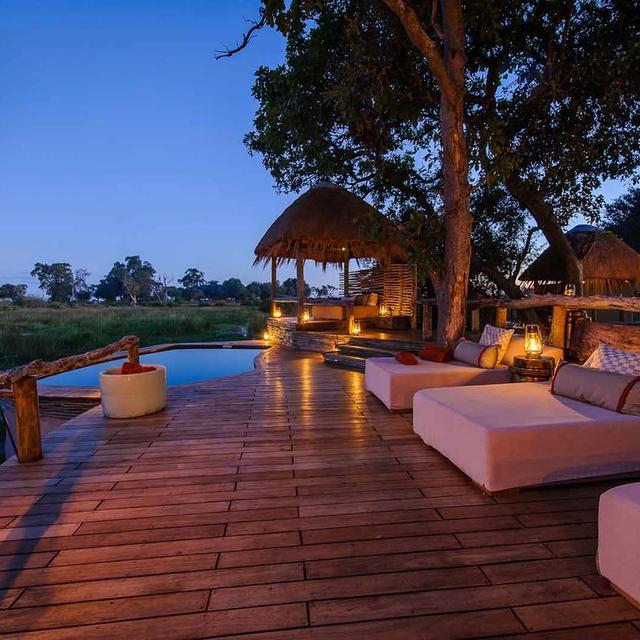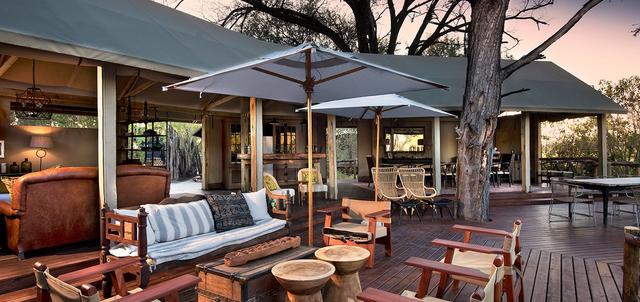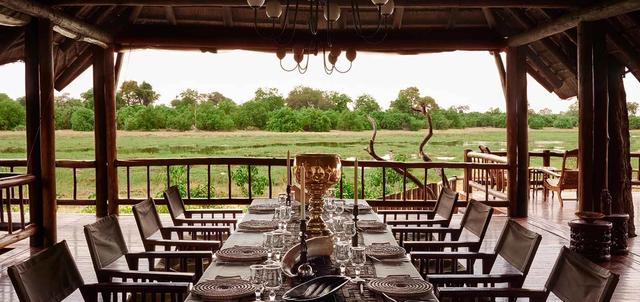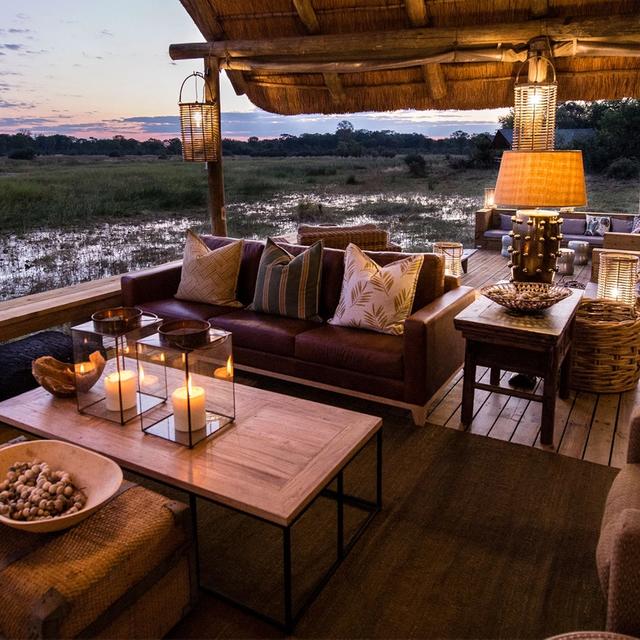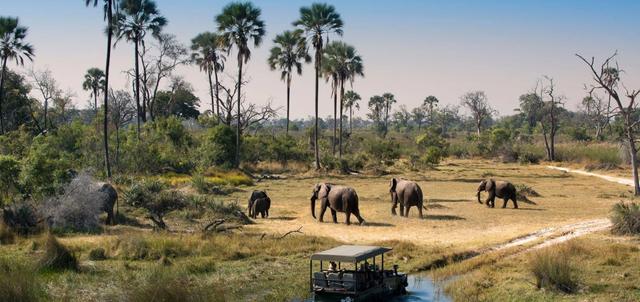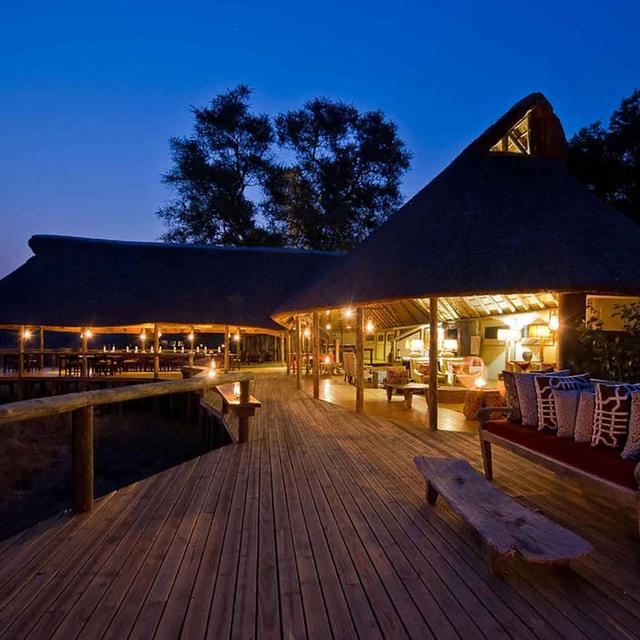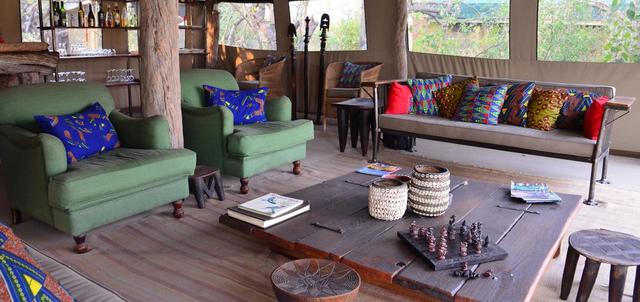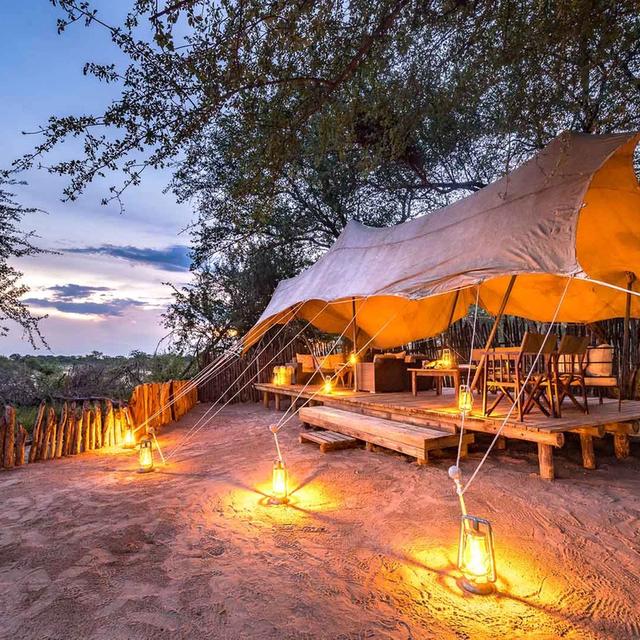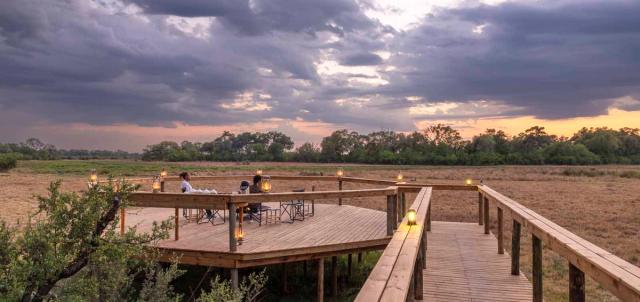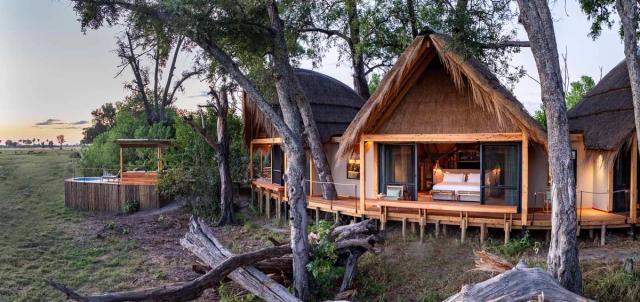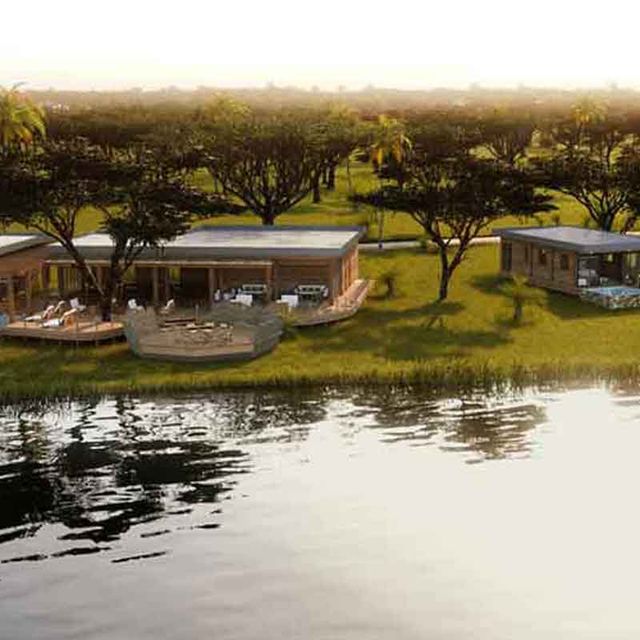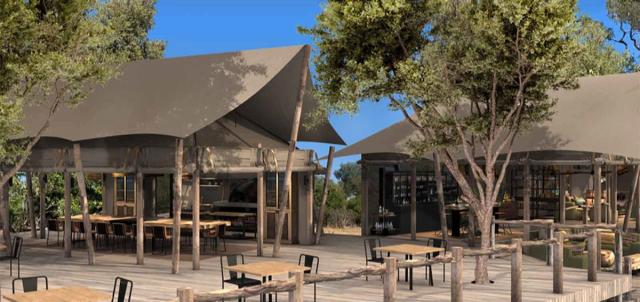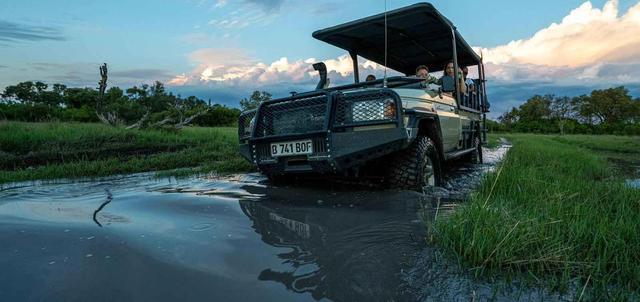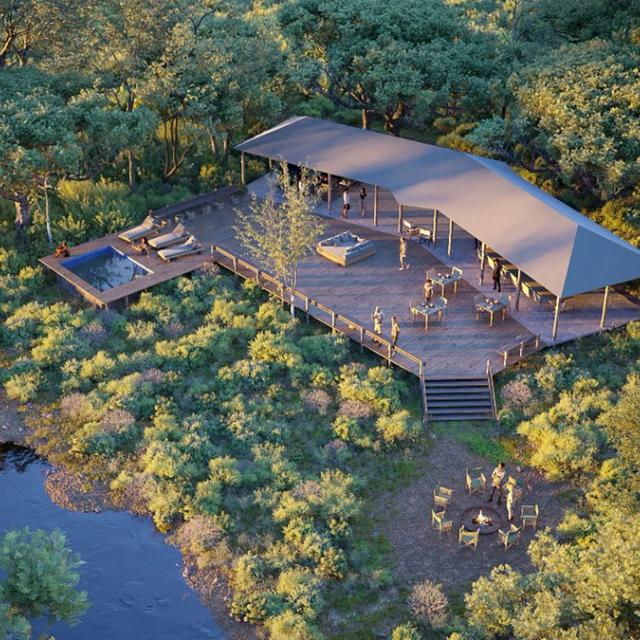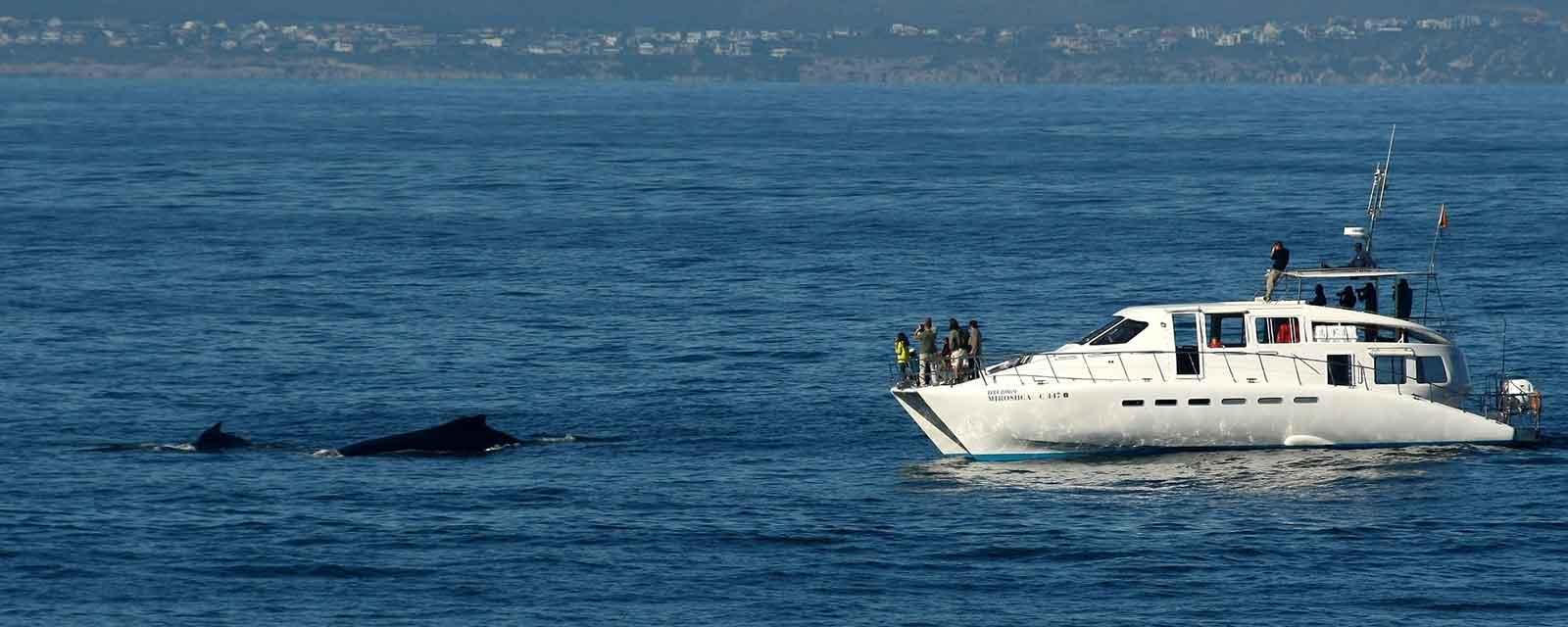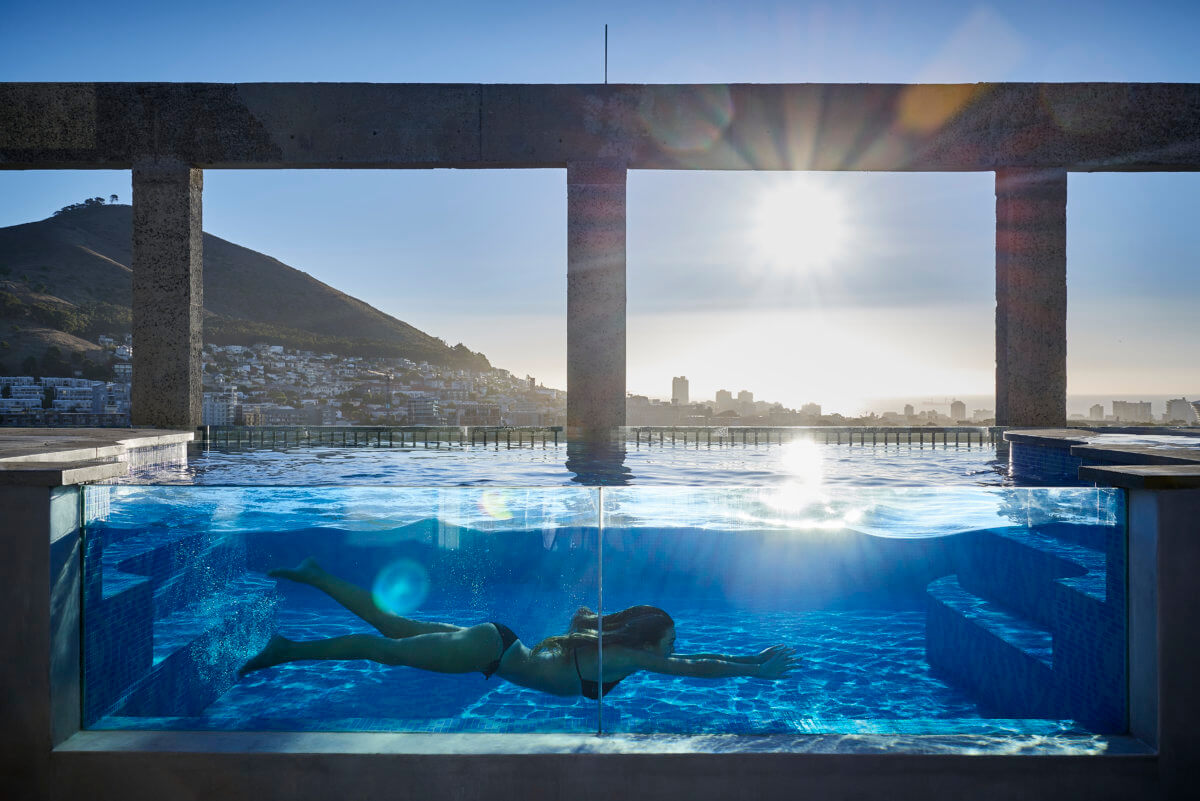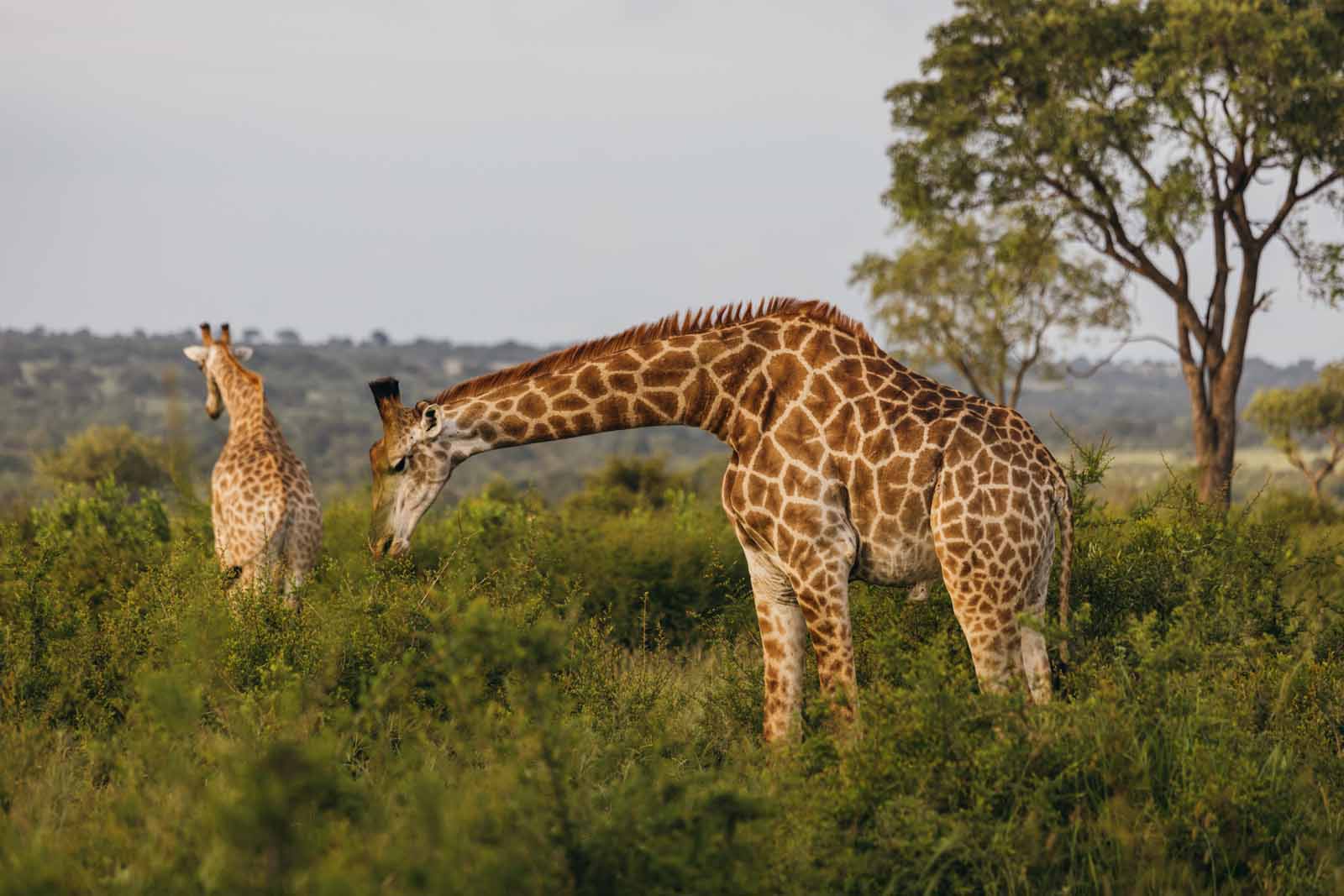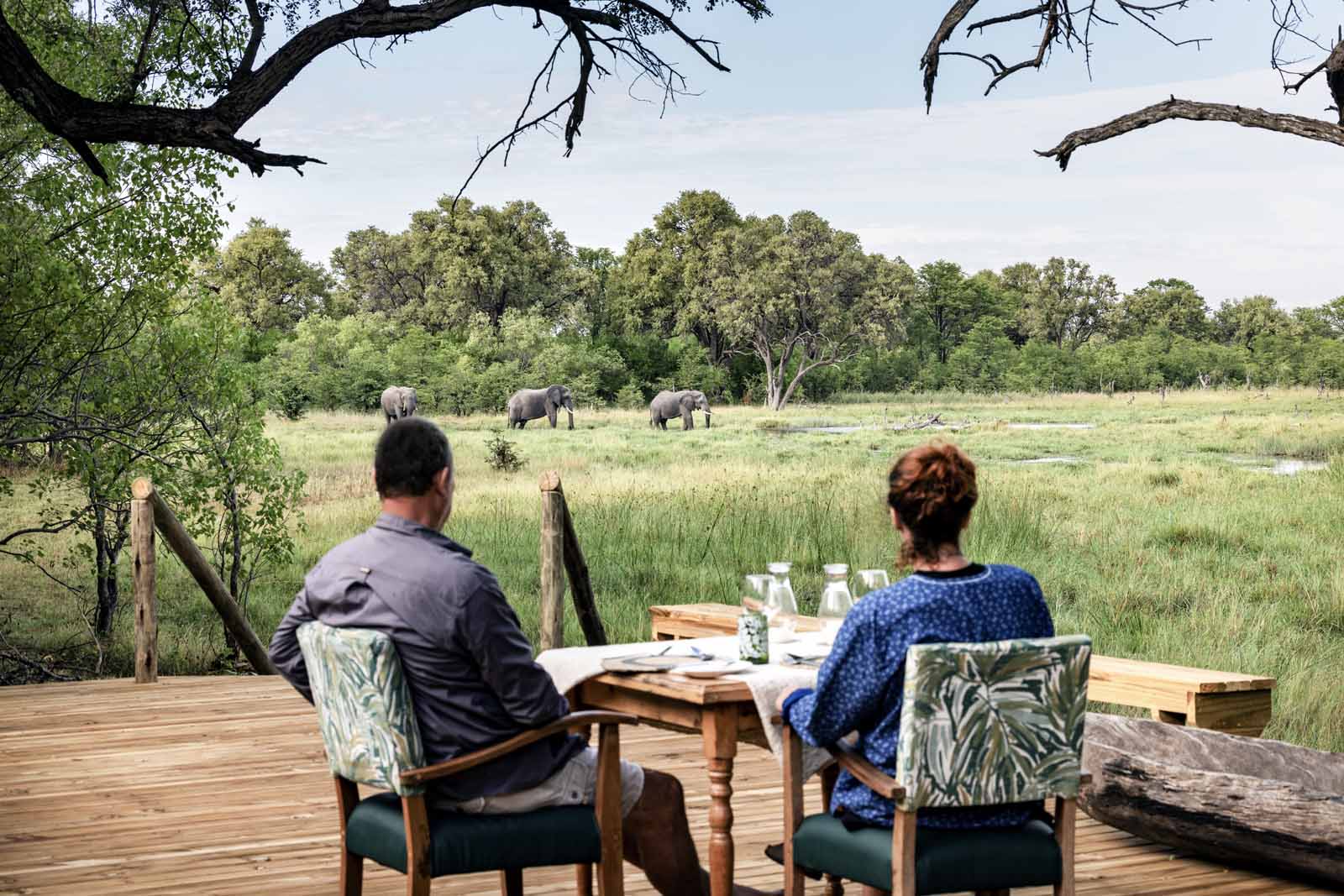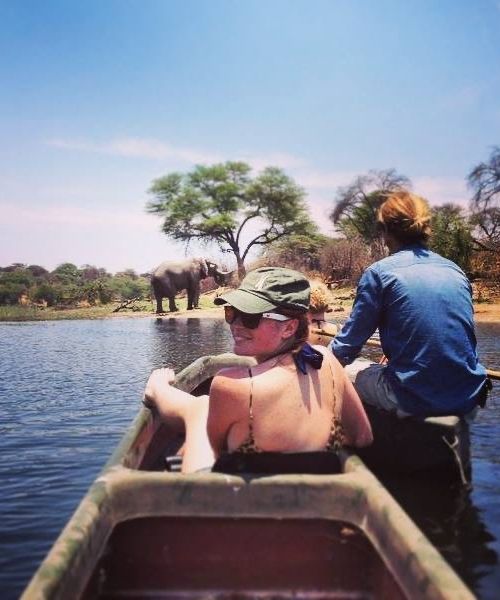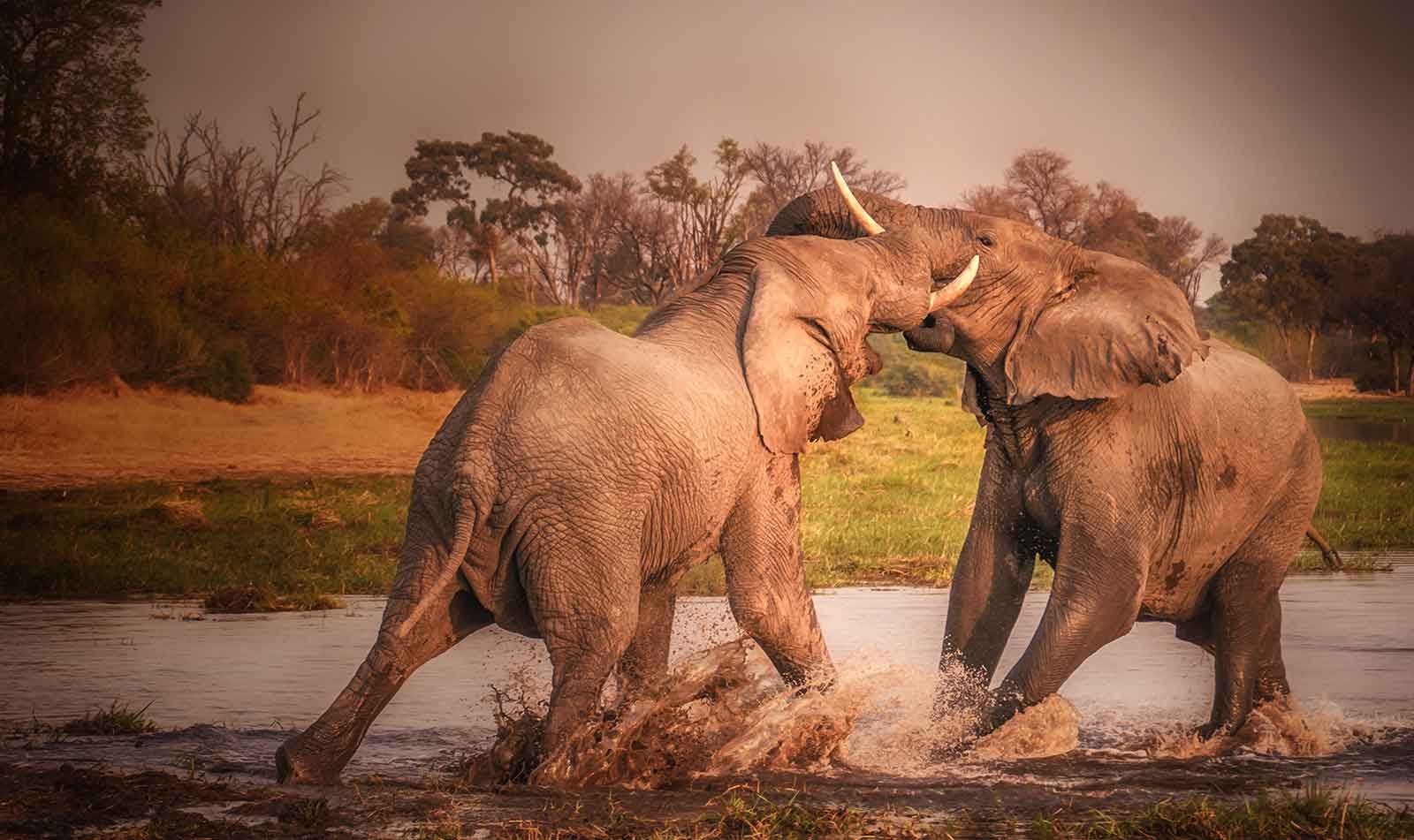
Moremi Game Reserve
The Moremi Game Reserve falls within the tribal land of the Batswana and rates as one of the leading wildlife areas of the world. The mosaic of grasslands, floodplains, forests and lily lagoons combine to form a perfectly constructed puzzle, in which animals wander as they please. Visitors can enjoy a Big 5 Safari tour in the Moremi.
Moremi Game Reserve Highlights
The Moremi Game Reserve is situated north-east of Maun in the Okavango Delta and covers nearly 5000 sq km, approximately 30% of the Okavango Delta. The habitats vary from open grasslands, isolated island sanctuaries and papyrus-fringed channels to low sandy islands and dry land on which wildlife and plants thrive.
The most prominent of Moremi's several distinctive components is Chief's Island, an enormous game-rich expanse of forest and savanna between the Boro and Santantadibe rivers to the west. Roughly 1,000 sq km in size, it is the largest expanse of solid ground within the Okavango Delta. A safari to Moremi Game reserve will give safari goers a ring side seat to all the action that can be found on a Big 5 safari.
There are no fences around the reserve, allowing the animals to migrate freely to and from the Chobe Park to the north. Massive tracts of pristine parkland and privacy can be found here, encountered in very few places in Africa. The limited amount of guests plays a major role in the reserve's exclusivity and the preservation of its biodiversity.
The Moremi Game Reserve is located within the greater expanse of the Okavango Delta wetland. It's most renowned area is at Chief's Island where a number of superb lodges and camps are located.
Moremi Game Reserve camps in the Xakanaxa area as well as those on Chief's Island offer excellent year-round game viewing, but we recommend a combination with a "water" camp in the private concessions in order for guests to get a more complete experience of the Okavango Delta .
The Moremi is home to a permanent water source, which makes it a fantastic place for game viewing during the dry season when the animals flock to the rivers to drink.
The Moremi has been the location for the conservation of and research on the endangere African wild dog. It remains one of the best places to view this predator.
The Moremi Game Reserve offers extremely productive year-round game viewing safaris. Mombo Camp is a very luxurious safari camp located on Chiefs Island and is widely considered to offer the best game viewing in Africa.
Camp Moremi is located near Xakanaxa and is one of our favourite affordable camps. Guests enjoy regular predator sightings, while game viewing via motorboat offers a safari from a different perspective.
Khwai Tented Camp is a rustic, traditional safari camp, ideal for those guests wanting to get closer to nature. This is a mobile camp that relocates according to game movements and water levels.
Machaba Camp is a luxury tented camp positioned on Khwai River. Eight tents and 2 Family tents are nestled among the trees, enjoying one of the best game viewing locations in Botswana.
How to Get There
Sun Safaris will arrange for guests to fly from South Africa (OR Tambo International Airport) to Maun, which is Botswana's safari capital. Maun is the centre point for all safari comings and goings in the country.
Guests visiting the Moremi Game Reserve on safari will connect with a scheduled air transfer or road transfer, organised by their Sun Safaris agent, to their safari destination in the Moremi Game Reserve.
It is an area of permanent water and depending on the amount of rainfall, some camps or lodges are only accessible by air or by boat.
The transfers between camps could be considered game drives, as the routes taken go through Moremi's wildlife areas.
Moremi Game Reserve Game Viewing and Activities
The vast numbers and diversity of wildlife found in this area all year round is magnificent, from herds of buffalo to tiny steenbok. Elephant, impala, spotted hyaena, lion, leopard and cheetah are all found here, plus, small predators like serval and side-striped jackal are occasionally seen.
Birdlife is prolific, with water birds like African Jacana, Pygmy-Goose, Goliath Heron, as well as migrant waders in summer, which are particularly common.
When the masses of water arrives in the area between March and May each year, large mammals are able to move into the Chief's Island area. The wetlands are fringed by large hardwood trees, containing shade, cover, nesting areas, and food, for a wide variety of mammals and birds.
By September and October the wetlands have started to recede leaving behind vast floodplains of short, green grass when the rest of the large islands are at their driest.
